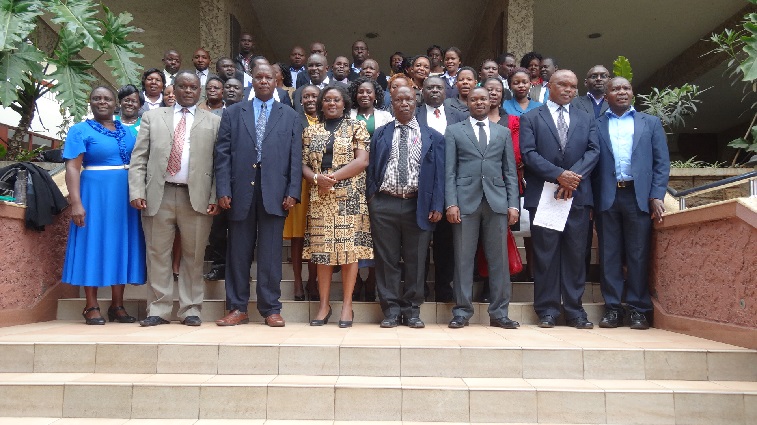The need for increased and dependable food supply in Kenya cannot be over emphasized. Kenya enjoys favorable conditions for food production but food availability has been erratic, fluctuating from year to year. This is majorly due to challenges experienced in the course of production including but not limited to climate variability and change, rain dependent farming, high input costs, low productivity, post-harvest losses, and most recently the fall army worm infestation, among others.
Despite efforts by the Government and other actors in the agriculture sector, Kenya is still not self-sufficient in production of the key staples namely maize, wheat and rice. Demand for these staples has increased due to population growth, increased urbanization and a shift in food preferences. Therefore, it is important to continuously assess the cost of producing these food crops to inform affordability and identify key drivers affecting cost of production. This will in turn inform on areas where policy can intervene and consequently lead to improved productivity, food security and household incomes.
Tegemeo Institute of Agricultural Policy and Development of Egerton University recently conducted an assessment of the costs of production for maize and rice for the 2017/18 cropping year and the current status of the food situation in the country. The findings of this assessment were shared and discussed at a stakeholders’ breakfast forum to elicit feedback and way forward on feasible options that could lower costs of production and ensure dependable food supply and lower food prices.
Cost of Production for Maize & Rice in Kenya 2017
Food Situation Assessment & Prospects for 2017-2018




